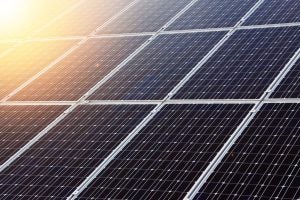 Is your apartment so overheated in the winter that you need to leave your window open to feel comfortable?
Is your apartment so overheated in the winter that you need to leave your window open to feel comfortable?
If that’s the case, you’re likely living in one of the many buildings in New York City lacking modern boiler controls which include indoor temperature sensors.
Unlike single family homes, where indoor thermostats which control the heating system are the norm, many New York City multifamily buildings lack these temperature sensors in individual apartments and offices. This, combined with radiators which can’t be regulated or even turned off, exacerbates the problem and leaves occupants with no control over the amount of heat entering their premises.











 The aftermath of extreme weather events calls for action. Recently, devastating hurricanes, wildfires in California, and the “bomb cyclone” in the northeast have reminded us of our vulnerability to climate change and the strength it takes to rebuild our communities. Months after the effects of Hurricane Maria, much of Puerto Rico remains without power – a painful reminder of the extent to which we rely on electricity, and the work required to maintain the electric grid.
The aftermath of extreme weather events calls for action. Recently, devastating hurricanes, wildfires in California, and the “bomb cyclone” in the northeast have reminded us of our vulnerability to climate change and the strength it takes to rebuild our communities. Months after the effects of Hurricane Maria, much of Puerto Rico remains without power – a painful reminder of the extent to which we rely on electricity, and the work required to maintain the electric grid. By
By  By Monica Kanojia, Consultant, U.S. Department of Energy
By Monica Kanojia, Consultant, U.S. Department of Energy President Trump’s administration dubbed last week “
President Trump’s administration dubbed last week “